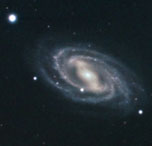





















|
 |
| |
 |
Gallery: Guest Images |
Latest Update 17th of May 2016
HERBERT WALTER
Image captured by
Herbert WALTER, May
2016 Inzersdorf Austria. |
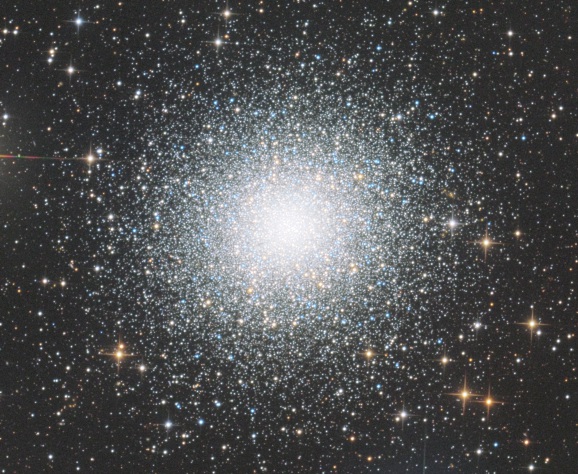
M13, IC4617 and
many small Galaxies in Constellation Hercules.
For full size image with
and without annotation click on the image above.
For 70%
size image click here.
Filters and Exposures:
91 x 3 minutes L clear filter
12 x 10 minutes R
12 x 10 minutes G
12 x 10 minutes B
Total exposure time
633 minutes. (10h 33m)
CCD Camera Moravian G2 8300 mono on
LACERTA NEWTON 10" F4
Focal length 1000mm

by
Herbert Walter and me.
e
Object Description:
M13 was discovered by Edmond Halley in 1714,
and catalogued by Charles
Messier on June 1, 1764.
This 24 million year old formation of stars is
one of the most impressive
globular clusters in the northern hemisphere.
Containing over 300,000 stars packed into a 145 light year sphere,
the center of this glorious object is 500 times more concentrated
than
its outer perimeters. M13 is located in approx 25000 light year distance
from our sun.
Globular star clusters are huge globe-shaped stellar
cities
teeming with tens to hundreds of thousands of stars. Globular
clusters orbit the Milky Way galaxy outside the galactic disk
at tens of
thousands of light-years away. In contrast,
the relatively nearby
Pleiades and Hyades open star clusters
reside within the galactic disk,
and usually harbor a few hundred
to a thousand stars.
|
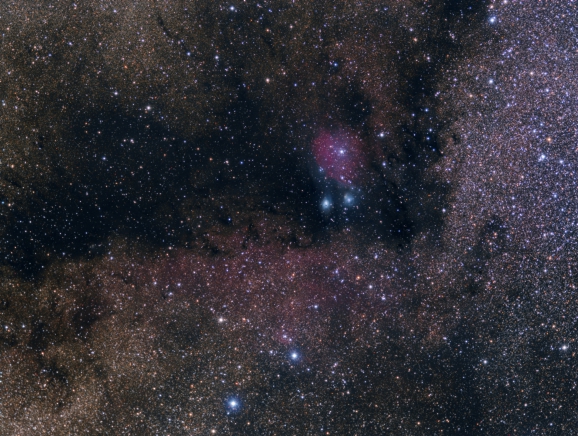
Vdb118, VdB119
Reflection Nebulae, IC1284 and Sh2-35 Emission nebulae.
within
constellation Sagittarius.
Image captured by Josef SCHWARZ, May
27th 2014
Kiripotib Namibia.
Filters and Exposures:
3 x 9 plus 5 x 10 minutes
R
4 x 10 minutes G
4 x 10 minutes B
Total exposure time 157 minutes.
CCD Camera SBIG-STF8300 on
Takahashi Sky90 Focal length 378mm

by
Josef Schwarz and me.
e
Object Description:
IC 1284 and VdB118/VdB119
These objects can be found in Sagittarius,
north of the M8/M20 nebulae. The view shows some redish emission nebulae and
dust and two bright blue reflection nebulae known as VdB118 and VdB119,
named also NGC 6589 and NGC 6590. The bright blue stars that light up these
reflection nebulae are members of NGC 6595 (Sharpless 37) which is a loose
open cluster of stars lying at a distance of about 5,850 light years.
The bright magenta emission nebulae near the centre are IC 1283 and IC
1284.
Visible to the right are some of the outermost extensions of
nearby Messier 24, the Sagittarius Star Cloud. Below VdB118/119 there is the
soft diffuse reddish glow of ionised Hydrogen named Sh2-35.
The
entire image is colourful because of the nebulae overlaying
and obscuring each other to a certain degrees and enhanced with the
dense packed star fields that dominate the views towards the Milky Way centre.
|
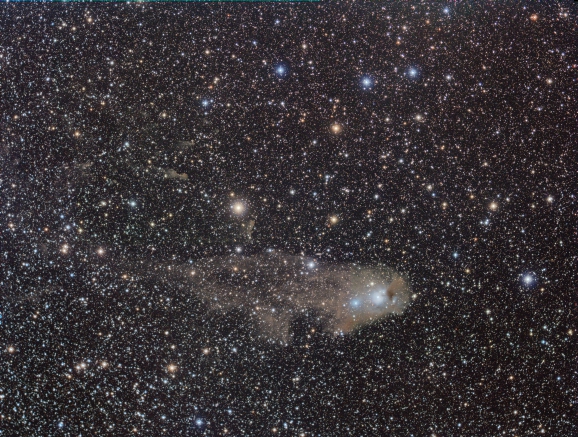
NGC5367 Reflection
Nebula within CG12 Cometary Globule low mass star forming region.
Image captured by Josef SCHWARZ, May
26th 2014
Kiripotib Namibia.
Filters and Exposures:
9 x 10 plus 3 x 9 minutes
R
9 x 10 plus 4 x 9 minutes G
9 x 10 plus 4 x 9 minutes B
8 x 10
plus 4 x 9 minutes L
Total exposure time 485 minutes.
CCD Camera SBIG-STF8300 on
Takahashi Sky90 Focal length 378mm

by
Josef Schwarz and me.
Object Description:
Cometary Globule 12 is a low mass star forming region
associated with the cluster and reflection nebula NGC5367. While the cluster
and the associated nebula were discovered by John Herschel in 1834, the
cometary globule CG12 was discovered only in 1976 on an ESO/SRC Sky Survey
plate taken with the UK Schmidt telescope. Like a comet in the sky,
NGC 5367 appears to have a blue nucleus and a brownish tail. Cometary
globules are known stellar birthplaces that show a head–tail comination
similar to comets. Their heads are dusty, compact and bright-rimmed.
|
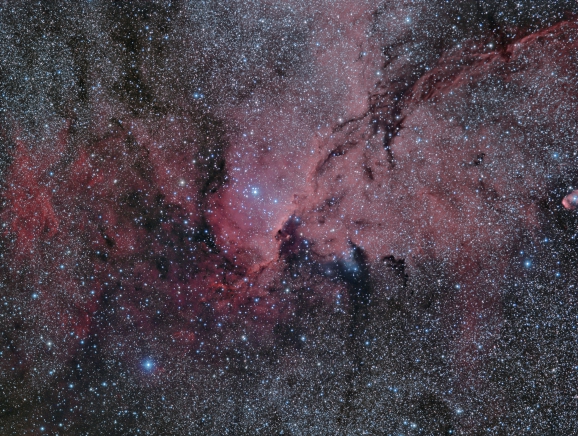
NGC6188 Emission
Nebula, NGC6193 cluster, VdB-H72a/b/c Reflection Nebula, HMSTG754, HMSTG769
Dark Nebulas
Image captured by Josef SCHWARZ, May
28th 2014
Kiripotib Namibia.
Filters and Exposures:
6 x 6 minutes
R
4 x 6 minutes G
6 x 6 minutes B
5 x 6 minutes Ha
6 x 6 minutes
OIII
Total exposure time 162 minutes.
CCD Camera SBIG-STF8300 on
Takahashi Sky90 Focal length 378mm

by
Josef Schwarz
and me.
Object Descriptiona:
This region in
the constellation Ara consists of emission-, reflection nebulas and obscuring
dust lanes. It is lying near the edge of a large molecular cloud and immense
expanding bubble of neutral hydrogen gas.
The emission nebula NGC6188 expands
roughly 600 light-years across and lies approx. 4,000 light-years away. It is
the home of a group of young stars which forms the open cluster NGC 6193. Its
stars are very bright
so the interstellar dust is forming a diffuse blue
glow which is visible as VdB-H72b.
NGC6164-5 (at the right border) is a
bipolar emission nebula surrounding by a massive star. The star is near the end
of its life, as a result it is shedding gas. The star's fast rotation and
magnetic field, creates the symmetric shape of the bipolar nebula.
|
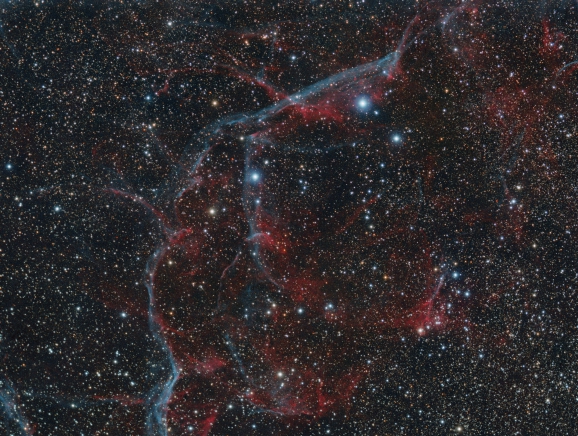
Vela
Supernova Remnant, Open Cluster Pi4 and Vdb-H34
Image captured by Josef SCHWARZ, June 1st 2014
Kiripotib Namibia.
Klick for
1920x1450 pixel image
Filters and Exposures:
3 x 8 minutes
R
4 x 8 minutes G
4 x 8 minutes B
4 x 8 minutes Ha
4 x 8 minutes
OIII
Total exposure time 152 minutes.
CCD Camera SBIG-STF8300 on
Takahashi Sky90 Focal length 378mm

by
Josef Schwarz and me.
Object Description of the the Vela
Supernova Remnant:
About 11,000 years ago a star in the constellation of Vela
exploded. As gas flies away from the detonated star, it reacts with the
interstellar medium, knocking away closely held electrons from even heavy
elements. When the electrons recombine with these atoms, light in many different
colors and energy bands is produced and shows red and green filaments of
expanding excited Hydrogen and Oxygen atoms!
___________________
|
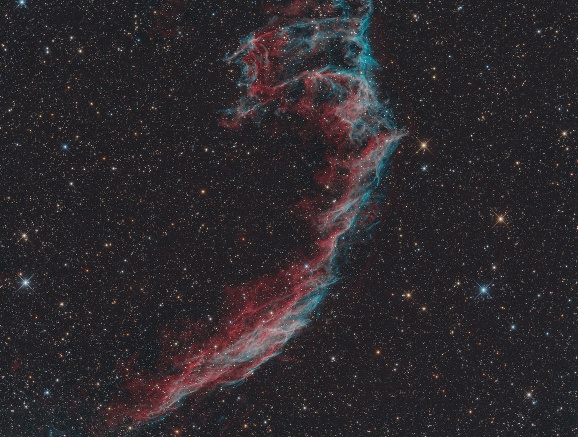
Veil Nebula NGC6992, NGC6995, IC1340
Cooperation between
Manfred Fischer,
Dr. Franz Gruber and
me, August 2012.
Klick for
3278x2481 pixel image
Klick for
1920x1450 pixel image
Klick for
1400x1050 pixel
image
43 x 10 minutes exposures total with Atik 383L CCD with Atik Filterwheel and
Baader Filter RGB, Ha (7nm) OIII(10nm) on ASA 8" N8 Astrograph F3.6, with
760mm focal length.
Mount used
ASA DDM60
WITHOUT GUIDING!
Exposures:
RGB 5x10 Minutes, Ha 9x10
Min., OIII 6x10 Min., Luminance 13x10 Minutes.
Captured: in Zwerndorf/Austria by Manfred Fischer.
Image Processing: Each Channel registered and separately combined with CCDSTACK
by Manfred Fischer.
All other image Processing was done with

by
Dr. Franz Gruber in Pitten and
me.
Object Description:
Veil Nebula itself is a large supernova remnant, the expanding debris cloud from
the death explosion of a massive star. While the Veil is roughly circular in
shape covering nearly 3 degrees on the sky in the constellation Cygnus, this
portion of the eastern Veil spans only 1/2 degree, about the apparent size
of the Moon. That
translates to 12
light-years at the Veil's estimated distance of 1,400 light-years from planet
Earth. In this composite of image data recorded through RGB, Luminance and
narrow band filters, emission from hydrogen
atoms in the remnant is shown in red with strong emission from oxygen atoms in
greenish hues.
. |
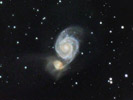
M51
Josef Schwarz
8x3 Min per RGB
Luminance 7x3 + 2x5 + 5x6 + 4x11 Minutes exposure
same as right M51 but with new DFG method processed. DFG calculates color out of
Luminance images
|
 |
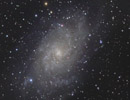
M33
Josef Schwarz
8x5 Min per RGB
Luminance 5x5 + 4x10 + 3x20 + 2x30 Minutes exposure
27th Nov. 2008
Hirschkreith
GPDX mount
Starlight Camera,
Takahashi Sky-90
|
 |
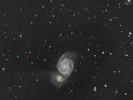
M51
Josef Schwarz
8x3 Min per RGB
Luminance 7x3 + 2x5 + 5x6 + 4x11 Minutes exposure
9th May. 2008
Hirschkreith
GPDX mount
Starlight Camera,
Takahashi Sky-90
|
|
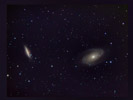
M81 + M82
Josef Schwarz
7x3 Min per RGB
Luminance 6x3 + 4x5 + 3x10 Minuten
12.
May 2008
Hirschkreith
GPDX mount
Starlight Camera
|
 |
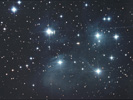
M45
Herbert Gubo
4x5 Min exposure
February 15th 2007
Observatory Buchloe Germany
Canon 300Da, 800ASA,
Newton205/918mm,
+Koma Corrector |
 |
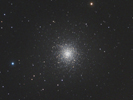
M13
Josef Schwarz
5x1 Min per RGB
May 2007
Hirschkreith
GPDX mount
Starlight Camera |
|
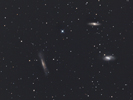
M65, M66, NGC3628
Herbert Gubo
6x4 Min exposure
March 11th 2007
Observatory Buchloe Germany
Canon 300Da, 800ASA,
Newton205/918mm,
+Koma Corrector |
 |
|
 |
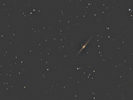
NGC4565
Herbert Gubo
6x4 Min exposure
March 12th 2007
Observatory Buchloe Germany
Canon 300Da, 800ASA,
Newton205/918mm,
+Koma Corrector |
|
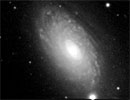
m063-381+204-de
GŁnther Eder
Observatory Mariazell |
 |
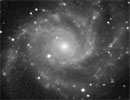
m101-300-de
GŁnther Eder
Observatory Mariazell |
 |
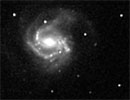
M61
GŁnther Eder
Observatory Mariazell |
|
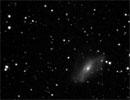
ngc2146-r300
GŁnther Eder
Observatory Mariazell |
 |
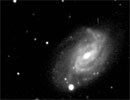
ngc3726-2x600-de
GŁnther Eder
Observatory Mariazell |
 |
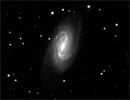
ngc2903-300f1
GŁnther Eder
Observatory Mariazell |
|
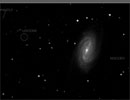
ngc2903-300f1fe
GŁnther Eder
Observatory Mariazell |
 |
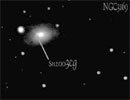
ngc3169-300-de5
GŁnther Eder
Observatory Mariazell |
 |
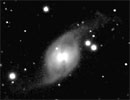
ngc3718-600-de
GŁnther Eder
Observatory Mariazell |
|
If you want to see a more detailed collection from GŁnther click
this link.
|
Dr. Franz Gruber, Pitten, Deep Sky Field
If you take your time, you will find many more Galaxies on this excellent image |
|
|
 |
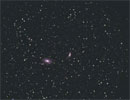
M81 and M82,
Dr. Franz Gruber
Februar 2003
|
 |
|
|
|
|
|
|